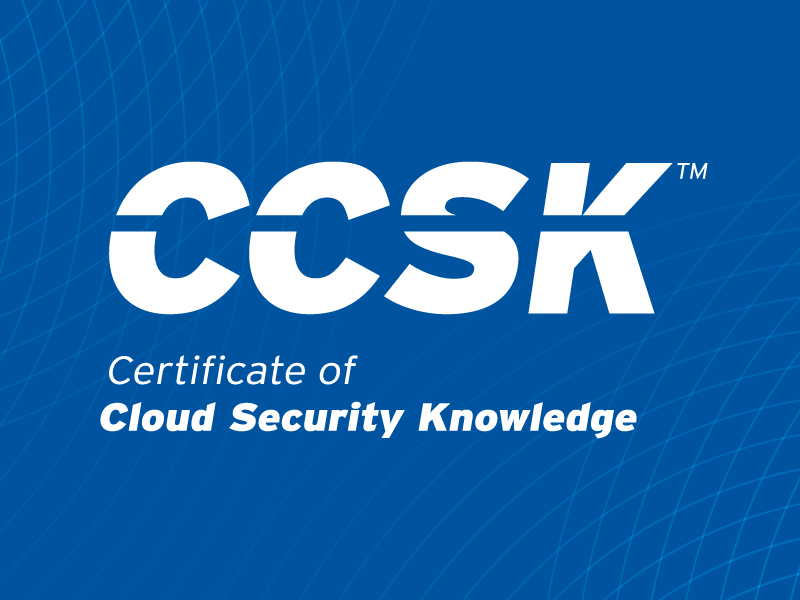The Salesloft Drift OAuth Supply-Chain Attack: Cross-Industry Lessons in Third-Party Access Visibility
Published 09/25/2025
Abstract
The August 2025 Salesloft Drift breach demonstrates a systemic security blind spot across all industries: third-party delegated access through OAuth integrations. Over 700 organizations — including financial institutions, technology companies, healthcare providers, and government agencies — experienced data exposure, not through their own systems being compromised, but through the theft and misuse of OAuth tokens granted to a trusted third-party application.
From a financial services perspective, the breach triggered immediate concerns over compliance (GLBA, SOX, PCI DSS, GDPR, CCPA). But the lesson is broader: any enterprise that grants broad, persistent permissions to third-party apps is exposed when those vendors are compromised.
What Happened
- Initial foothold: Attackers gained access to Salesloft’s GitHub environment (March–June 2025), creating unauthorized guest accounts and workflows. This persistence reflected a failure of continuous identity governance in their developer platforms.
- Token theft: In August, attackers accessed Drift’s AWS environment and stole OAuth refresh tokens issued by customers to enable Drift integrations.
- Exploitation: From August 8–18, attackers used the tokens to query customer environments. While Salesforce was the primary target, integrations with Google Workspace, Slack, and cloud platforms were also exposed.
Why Detection Failed
Traditional monitoring failed because the activity originated from a trusted, pre-approved integration. OAuth tokens made attacker queries indistinguishable from legitimate chatbot activity. Enterprises could see that Drift had access, but not what it was actually doing with that access.
This blind spot (trusted apps inheriting trust without visibility) is what distinguishes the Drift incident from earlier supply chain attacks like Snowflake, SolarWinds, or Kaseya. No human credentials were exposed, no malware was deployed, and no suspicious new processes appeared. Instead, attackers exploited the trust relationship itself.
Looking ahead, Agentic AI systems will significantly amplify these types of risks as adoption accelerates. Since AI agents will autonomously operate across multiple SaaS and cloud integrations, their activity will carry the same implicit trust — and the same lack of visibility — as Drift’s did.
Governance Gaps and Lessons Learned
This incident revealed systemic weaknesses in how enterprises govern third-party access. These gaps in permissions management, lifecycle reviews, and monitoring created conditions where a trusted integration could be abused without detection. The following lessons highlight where governance practices must evolve.
1. Broad Scopes by Default
Drift’s Salesforce integration was granted expansive access far beyond chatbot needs. When attackers stole tokens, they inherited this excessive privilege.
Lesson: If a third-party app requires broad scopes, push back during Third-Party Risk Review. Enforce the principle of least privilege.
2. No Lifecycle Reviews
OAuth grants are often treated as “set it and forget it.” Permissions remain active long after business needs change.
Lesson: Just like user access reviews, app permissions must be reviewed regularly to confirm the integration is still needed and scopes remain aligned.
3. Limited Monitoring of Delegated Access
Direct user access is monitored, but delegated app access typically is not. This blind spot allows attackers to operate undetected once tokens are stolen.
Lesson: Zero Trust requires continuous verification. Make sure to:
- Enforce short-lived tokens with frequent rotation.
- Continuously monitor token behavior (volume, timing, location).
- Treat anomalies as trust violations — e.g., a bulk Salesforce export at unusual hours from a chatbot integration.
Immediate Action Items for CISOs
Organizations cannot wait for vendors to solve the third-party trust problem. CISOs must take immediate, practical steps to reduce exposure, strengthen monitoring, and embed governance into existing security programs. The following actions provide a starting point for rapid risk reduction.
- Audit OAuth Integrations: Inventory all current OAuth integrations for critical systems and document the scopes granted.
- Reduce & Track Permissions: Immediately reduce the scope of permissions for third-party applications where possible. For integrations that cannot be remediated now, maintain a remediation plan to ensure they are tracked and addressed.
- Enhance Monitoring: Deploy monitoring tuned to detect anomalies in data volume, timing, and excessive use of permissions across third-party applications.
- Integrate Governance: Embed OAuth scope reviews and lifecycle reviews into your Identity Governance and Access Management (IGA) procedures, treating third-party apps like privileged accounts.
- Engage Vendors: Proactively inquire with critical vendors whether they use Salesloft Drift, determine if they are impacted by the breach, and request details of their mitigation actions.
- Extend to AI Agents: Apply these same principles to Agentic AI systems if your organization is adopting them. Treat AI agents as high-trust integrations, with least-privilege scopes, lifecycle reviews, and continuous behavioral monitoring from day one.
Conclusion
The Salesloft Drift incident marks a shift in supply chain attacks by abusing trusted integrations via OAuth tokens. Victims could not detect the breach because all activity flowed through a pre-approved app.
This changes the supply chain security conversation. Enterprises must extend Zero Trust, identity governance, and monitoring disciplines to third-party integrations. Vendors must be held accountable for exposing OAuth activity and limiting scope requests. CISOs must prepare now for the coming wave of Agentic AI systems, where autonomous agents will magnify the same trust and visibility challenges.
The takeaway: Third-party trust can no longer be assumed. It must be earned, continuously verified, and governed as rigorously as internal privileged accounts.
References
- Google Threat Intelligence: Data theft from Salesforce instances via Salesloft/Drift
- SOC Radar: Salesloft Drift breach analysis
- ITPro: Salesloft GitHub compromise timeline
- TechRadar: Impact on Cloudflare & Zscaler
- OpenAI. (2025). ChatGPT [Large language model]
- Perplexity. (2025) [Large Language Model]
Disclaimer
This analysis is based on publicly available information as of September 2025. Details of the Salesloft–Drift incident and related supply-chain attacks may change as investigations continue. The observations and recommendations are provided for general awareness and discussion only; organizations should perform their own due diligence and apply guidance in light of their specific risks, regulatory obligations, and vendor relationships.
The author affirms that the research, analysis, and conclusions are original. AI tools were used only for language refinement, formatting, graphics, and supplementary research support; the intellectual content is solely the work of the author.
About the Author
Harpal Harika, Chief Information Security Officer at REPAY, is a cybersecurity thought leader guiding enterprise security, risk, and compliance programs. He specializes in cloud security, AI, and identity governance, and advises startups and boards on resilience, innovation, and secure innovation.
Unlock Cloud Security Insights
Subscribe to our newsletter for the latest expert trends and updates
Related Articles:
AAGATE: A NIST AI RMF-Aligned Governance Platform for Agentic AI
Published: 12/22/2025
Is Cloud-Native Key Management Right for You?
Published: 12/19/2025
Agentic AI Security: New Dynamics, Trusted Foundations
Published: 12/18/2025





.png)
.jpeg)
.jpeg)
.jpeg)
.jpeg)